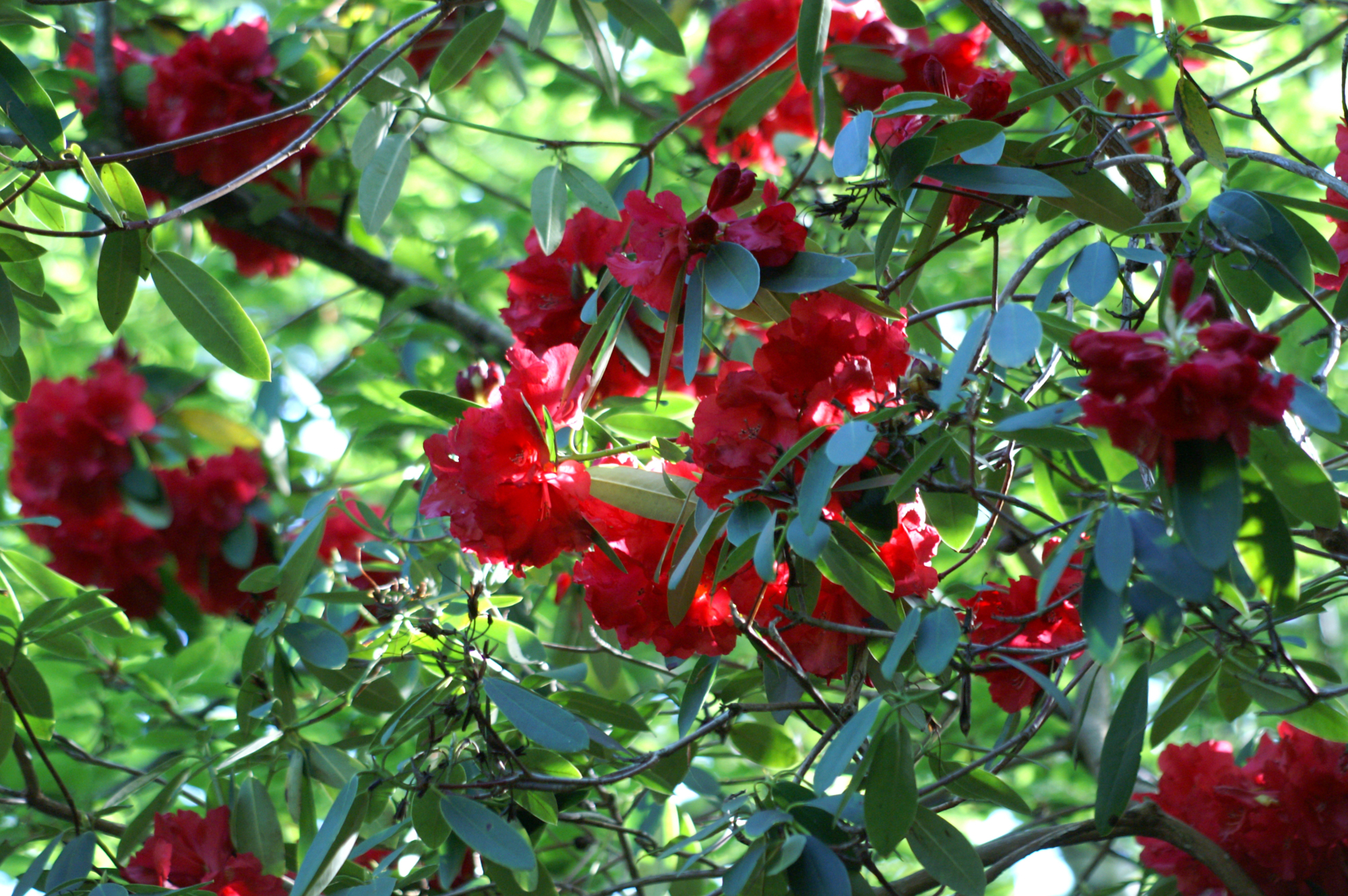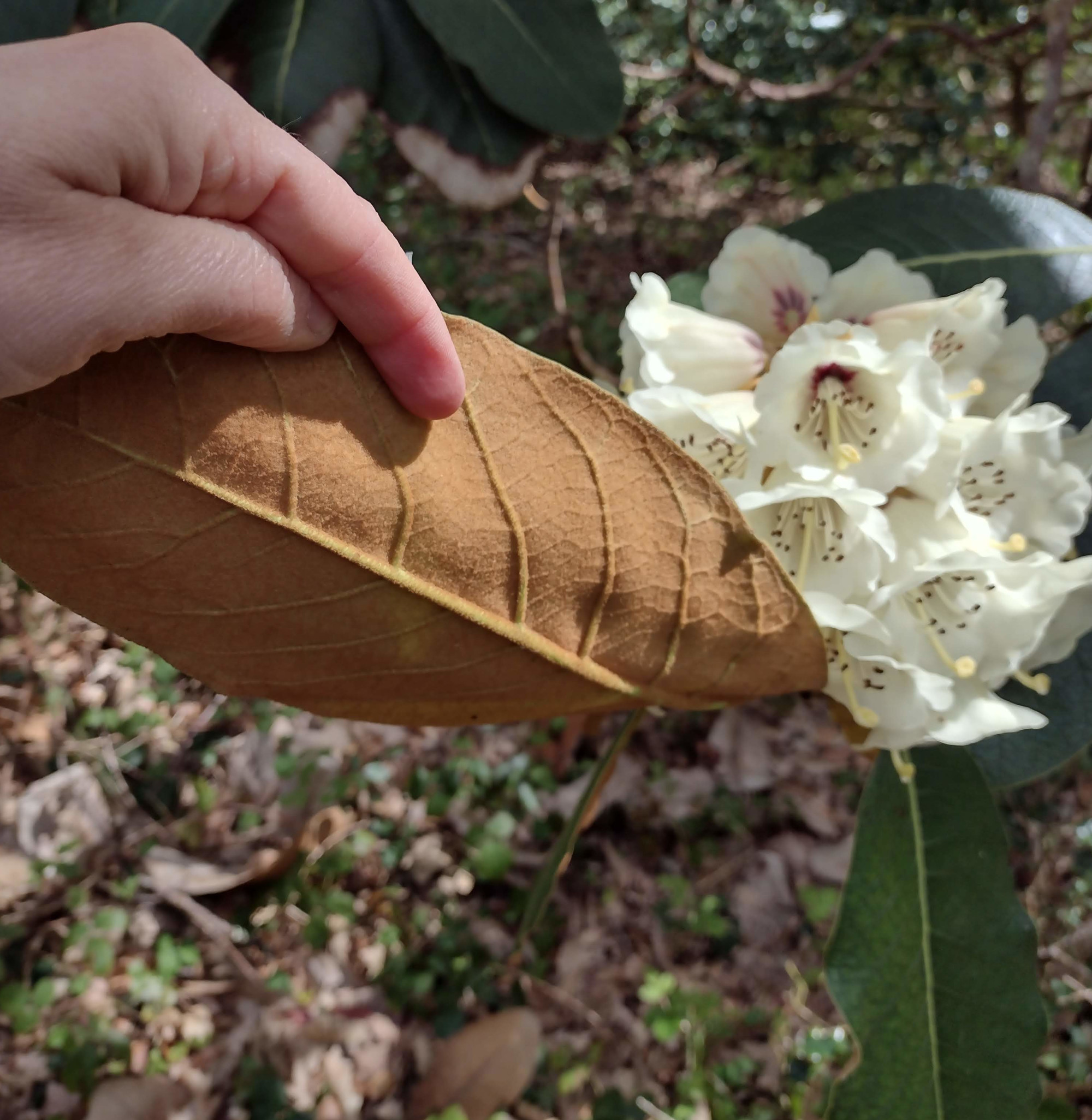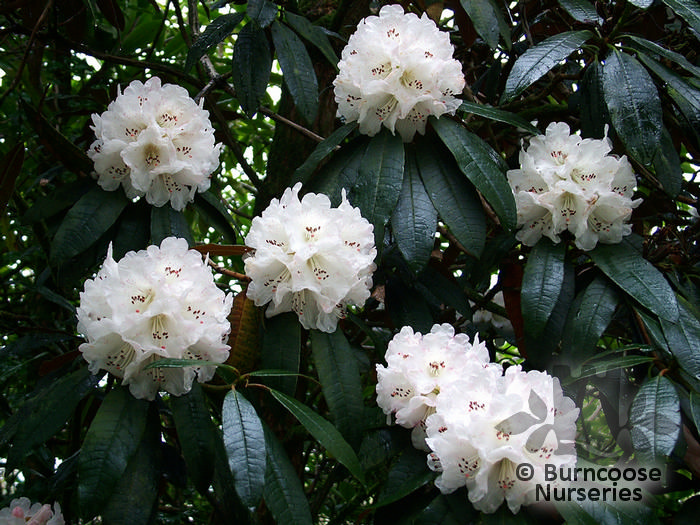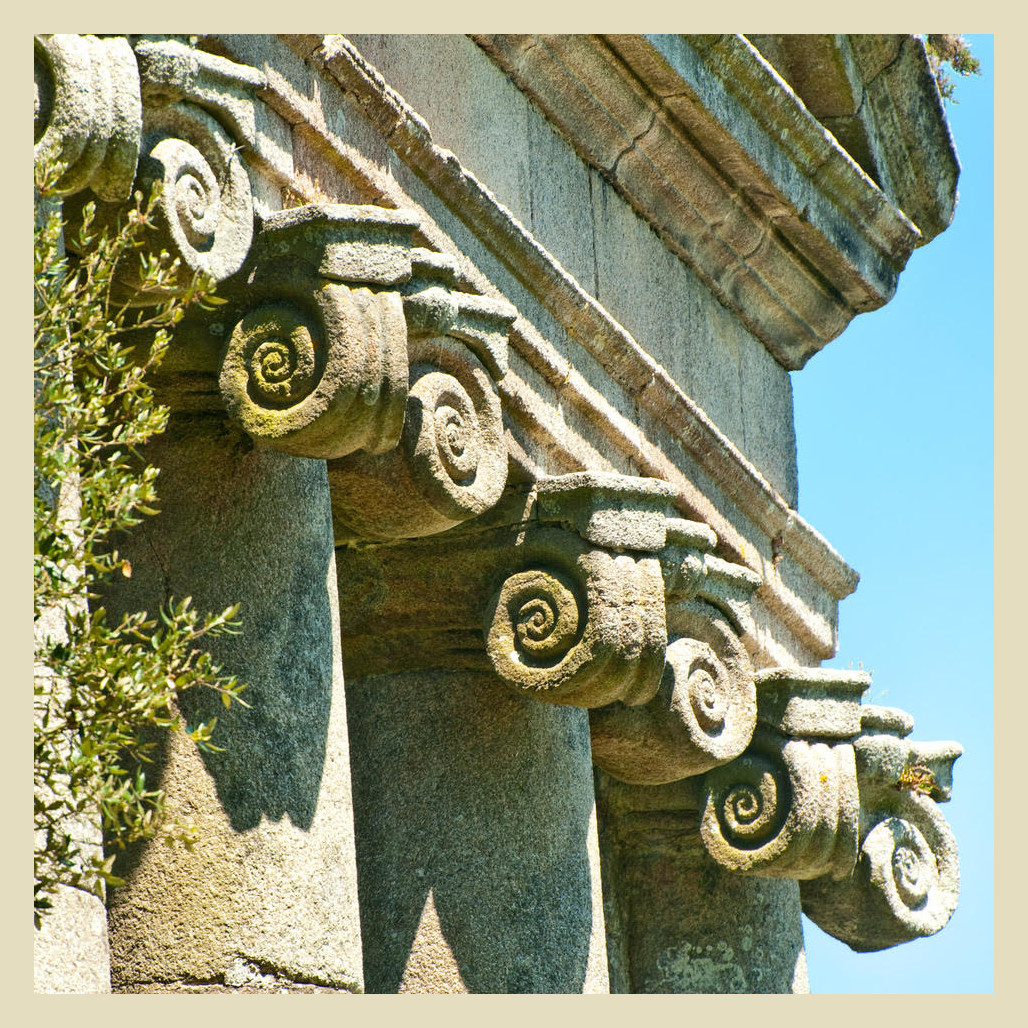The Himalayan Woodland Series, Part 1
Exploring the four corners of the world, the introduction of exotic plants, being a world leader and saving rare beauties
In spring, the woods at Carclew are festooned with colourful vibrant jewels reaching to the skies, illuminating and transforming the normally green foliage into a magical Himalayan paradise.

During the Victorian-era passion for world wide plant collecting, Sir Charles Lemon of Carclew discovered his love of learning, exploring, innovating and philanthropic giving collided with his love of horticulture.
He travelled abroad looking for new plants to bring back to the hothouses at Carclew and importantly funded the scientific explorations by Hooker as he sailed round the world. Sir Charles’ interest in all new species is clear in his letters to William Hooker, who became the director of Kew Gardens from 1841:
You were good enough to mention that you had a collection of Jamaican Plants for disposal and I believe I begged you to put me down for a share but I forgot at the time to beg you would be so good as let me know whenever similar occasions occur of obtaining out of the way or desirable plants that I may have the opportunity of taking a share, as I am not in the way of hearing of such things.
But, it is the rhododendrons that have lasted, matured, and multiplied creating a direct living link to their horticultural carers, and contain direct genetic material to the first generations which grew in our Cornish soil.
The polite landscape and horticultural gems reached their peak under Sir Charles’ great nephew Captain Tremayne:
“Carclew is surrounded by banks of colour given by rhododendrons, the like of which no county can yield save Cornwall, and no other place in Cornwall more lavishly… Altogether Carclew is an arboriculturist’s fairyland and perhaps the most richly dowered pleasance that the country house can show.”
Laurence Weaver, Country Life, 1916
Sir Charles Lemon’s passion lives on in his name’s sake Rhododendron arboreum ‘Sir Charles Lemon’.

“An evergreen shrub, usually to about 2m high, sometimes 3m in ideal conditions. An upright, tree-like habit, and elliptic, dark green leaves with a cinnamon coloured felting on the undersides. New leaves unfold covered with fine white wool. Produces rounded clusters of bell-shaped, pure white flowers, with sparse dark red speckles on the upper petals, in mid spring. May take some years to flower.”
Royal Horticultural Society description

